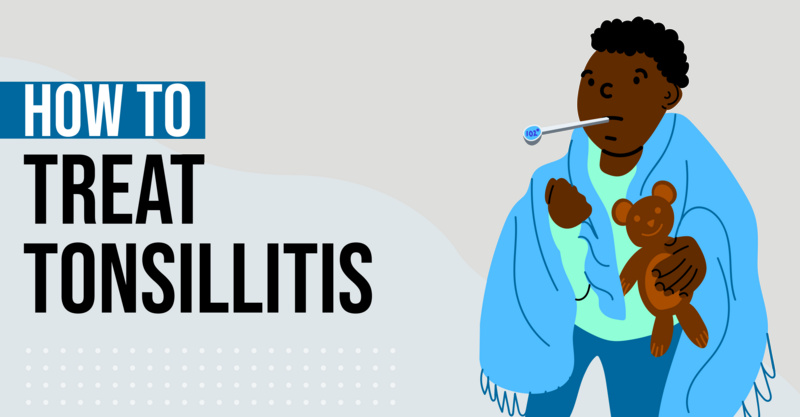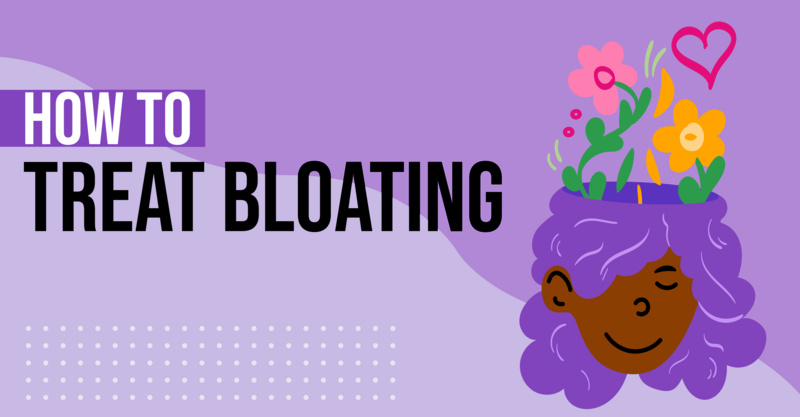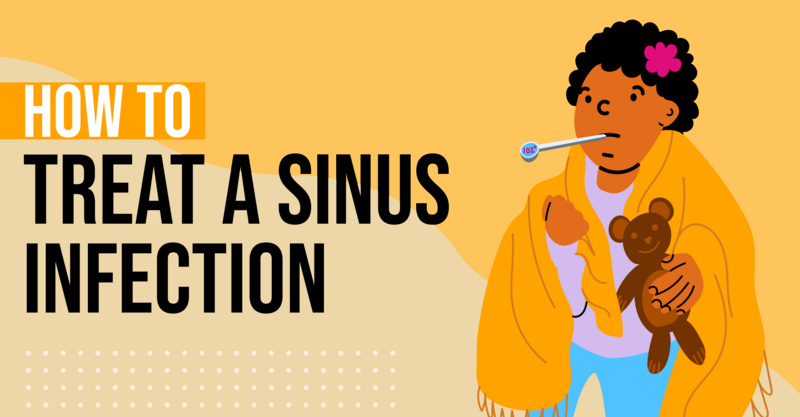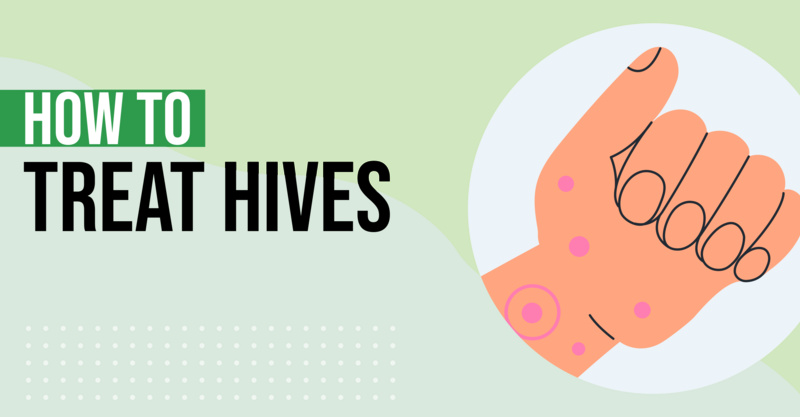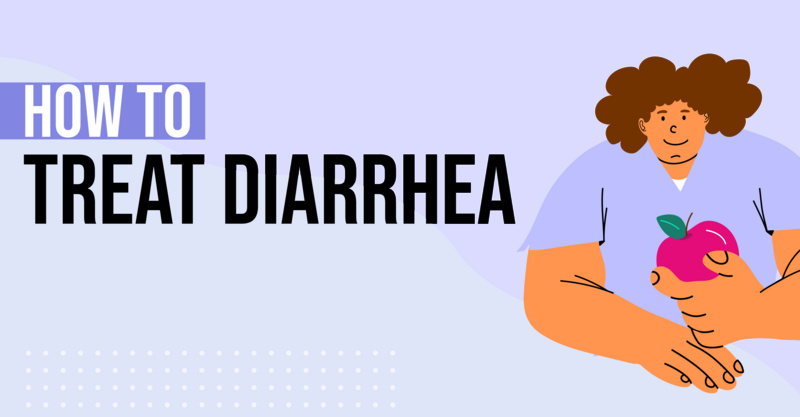Key Points
- Rashes, marked by red, itchy, and bumpy skin, can be triggered by various factors like exposure to poison ivy, excessive sun, or stress.
- The top seven causes of rashes are contact dermatitis, eczema, psoriasis, lupus, rosacea, ringworm, and scabies, each with unique characteristics and causes.
- Other health conditions associated with rashes include Fifth Disease, HIV, chickenpox, athlete’s foot, Henoch-Schonlein purpura, shingles, and rubella.
- The treatment for rashes varies depending on the type and severity of the rash, as well as any underlying condition that may have triggered it.
What is a Rash?
Are you suffering from red, itchy, bumpy, and possibly warm skin? Then you likely have a rash. Rashes and skin irritations can be caused by virtually anything. You may have brushed up on some poison ivy, been exposed to too much sun, or even have a little too much anxiety about a life event.
Top 7 Rash Causes
1. Contact Dermatitis
This type of skin rash is caused by coming into direct contact with an irritating substance, which might include certain types of soaps, laundry detergent, beauty products, and chemicals found in latex and rubber. Dyes in clothing can also cause contact dermatitis, along with poison oak, poison ivy, and other poisonous plants.[1]
In addition to a rash, contact dermatitis can produce symptoms that include itching, swelling, redness, blistering, and peeling. In some cases, contact dermatitis causes ulcers and pain in the skin. This skin condition may be treated by avoiding the irritant and allowing the rash to clear on its own or by taking an antihistamine that reduces itching, rash, and other symptoms.
2. Eczema
Eczema, also known as atopic dermatitis, is a skin condition in which patches of skin become rough and inflamed. Eczema can be triggered by an overactive immune system that cannot distinguish between healthy proteins in the body and harmful proteins introduced by bacteria and viruses.
Symptoms of eczema include rash and dry, thick, flaky skin. Some people develop small, raised bumps or red and brownish-gray patches on the skin. Eczema flare-ups are commonly caused by changes in outdoor temperature, sudden drops in humidity, increased body temperature, sweating, and stress. Pet dander and allergies are other common causes of eczema, as are synthetic fabrics; rough, scratchy materials like wool and burlap; and many household cleaners and detergents.[2]
3. Psoriasis
Psoriasis is a skin condition in which skin cells build upon one another to form scales or layers of dry, itchy patches on skin. Normally, skin cells grow deep in the skin and rise slowly to the surface before falling off. With psoriasis, skin production accelerates and causes the overproduction and buildup of skin cells. This can lead to the development of thick, inflamed, red patches of dry skin that crack and bleed.[3]
Other symptoms of psoriasis include soreness, itching, and burning at the site and whitish-silver scales. Psoriasis can also cause nails to become thick and pitted. Common causes of psoriasis include immune system dysfunction and genetics. Treatments for this skin condition include topical treatments, light therapy, and medications that reduce symptoms.[4]
4. Lupus
Lupus, also known as systemic lupus erythematosus, is an autoimmune disease that destroys healthy tissue in the body. Common symptoms of lupus include extreme fatigue, joint pain and swelling, headaches, hair loss, and rash.[5] Rashes caused by lupus usually develop on the cheeks and nose.
Lupus can be caused by genetics and tends to run in families affected by other autoimmune conditions. Environmental triggers known to cause lupus include stress, trauma, viruses, UV rays, and certain medications. Treatments for rashes caused by lupus include topical creams, ointments, and medications that reduce symptoms.[6]
5. Rosacea
Rosacea is a chronic skin condition characterized by rash, redness, and tiny pus-filled bumps on the face that resemble acne. With rosacea, rash and redness are most common on the nose, cheeks, and central parts of the face.[7] Other symptoms of rosacea include dry, irritated, swollen eyelids and thickened skin on the nose, which can make the nose appear larger and bulbous.
Rosacea can be caused by genetics and environmental factors that increase blood flow to the skin, such as sunlight and wind, exercise, spicy foods, and alcohol. Treatments for this skin condition include medications that reduce redness and other symptoms and therapies that reduce redness and enlarged blood vessels.[8]
6. Ringworm
Ringworm is a contagious fungal infection of the skin or scalp that begins with red patches on affected areas and spreads to other parts of the body, including the feet and groin areas. Patches of skin affected by ringworm usually resemble a red ring and develop blisters that may or may not release pus. Symptoms of ringworm vary depending on the infection site and include rash and patches of skin with defined, raised edges.[9]
Ringworm is caused by three types of fungi thought to originate from spores in soil. Humans and animals can develop ringworm upon direct contact with this soil and can easily spread this infection to others. Ringworm can be safely treated using medications that reduce symptoms and by practicing healthy lifestyle behaviors, including good hygiene and washing clothes and bedding regularly.
7. Scabies
Scabies is a skin condition caused by burrowing mites called Sarcoptes scabiei, which reproduce on the surface of the skin before burrowing into the skin to lay eggs.[10] These mites can live on the skin for up to several months and cause an itchy red rash that becomes worse at night. The rash caused by scabies often resembles tiny pimple-like bumps that form on or under the skin; they might also appear as tiny raised lines.
The sites most commonly affected by scabies are the wrists, the elbows, the waist, and the areas between fingers. Scabies can also burrow into more intimate parts on the body, including the armpits, nipples, buttocks, and penis.[11] Treatments for scabies include topical prescription medications that reduce symptoms or oral medications such as antibiotics and antihistamines, which reduce itching.
Possible Health Conditions Related to Rash
Certain types of illnesses and conditions can also cause rashes. And actually, the underlying cause of the rash can sometimes be identified based upon the area of the body where you develop the rash.
- Fifth Disease: Common in children, causes rashes on the cheeks
- HIV: This immunodeficiency virus interferes with the body’s ability to fight and ward off infections, and it is characterized by symptoms of fatigue, nausea, pain and soreness throughout the body, and rash.[12] (see: HIV test)
- Chickenpox: Also known as varicella, chickenpox is a viral infection that causes a rash of itchy red blisters on the skin.
- Athlete’s foot: This fungal infection affects the skin between the toes to cause symptoms of itching and burning rash.
- Henoch-Schonlein purpura: Also known as spring fever, this inflammatory disorder causes inflammation and bleeding in small blood vessels and results in fever, diarrhea, vomiting, and rashes of small reddish-purplish spots.[13]
- Shingles: This inflammatory condition is the reactivation of the chickenpox virus, and it causes a painful rash to develop around the trunk of the body.
- Rubella: Also known as the German measles, rubella is a contagious viral infection marked by symptoms of fever, headaches, runny nose, and red rash.[14]
- Other common rash causes include jock itch, yeast infections and diapers or other undergarments
Treatment of Rashes
Treatment options for rashes depend on the type and severity of the rash, as well as an underlying condition that may have caused the rash. If the rash is minor, using topical creams, such as hydrocortisone, may provide relief from the itchiness and the rash will clear by itself. However, some rashes, such as ringworm, typically requires prescription medication to be resolved.
Questions Your Doctor May Ask About Rash
- When did you first notice the rash?
- Is the rash recurring?
- What triggers caused the rash?
- Have you recently started using new medications?
- What other symptoms are you experiencing with the rash?
Rash May Also be Known as
Frequently asked questions
What are the top seven causes of rashes?
The top seven causes of rashes are contact dermatitis, eczema, psoriasis, lupus, rosacea, ringworm, and scabies.What triggers contact dermatitis and eczema?
Contact dermatitis is triggered by direct contact with an irritating substance, while eczema is often caused by an overactive immune system.Are there other health conditions associated with rashes?
Yes, other health conditions that can lead to rashes include Fifth Disease, HIV, chickenpox, athlete’s foot, Henoch-Schonlein purpura, shingles, and rubella.How is a rash caused by psoriasis different from others?
Psoriasis is a condition where skin cells build upon one another, forming dry, itchy patches, which is different from other types of rashes.Is ringworm a contagious condition?
Yes, ringworm is a contagious fungal infection that can spread to other parts of the body.What causes scabies and how does it affect the skin?
Scabies is caused by burrowing mites that reproduce on the skin's surface before burrowing into the skin to lay eggs, causing a rash.How are rashes treated?
The treatment for rashes depends on the type and severity of the rash, as well as any underlying condition that may have caused it.Can stress cause rashes?
Yes, stress can indeed trigger rashes in some individuals.
Solv has strict sourcing guidelines and relies on peer-reviewed studies, academic research institutions, and medical associations. We avoid using tertiary references.



